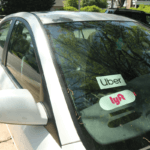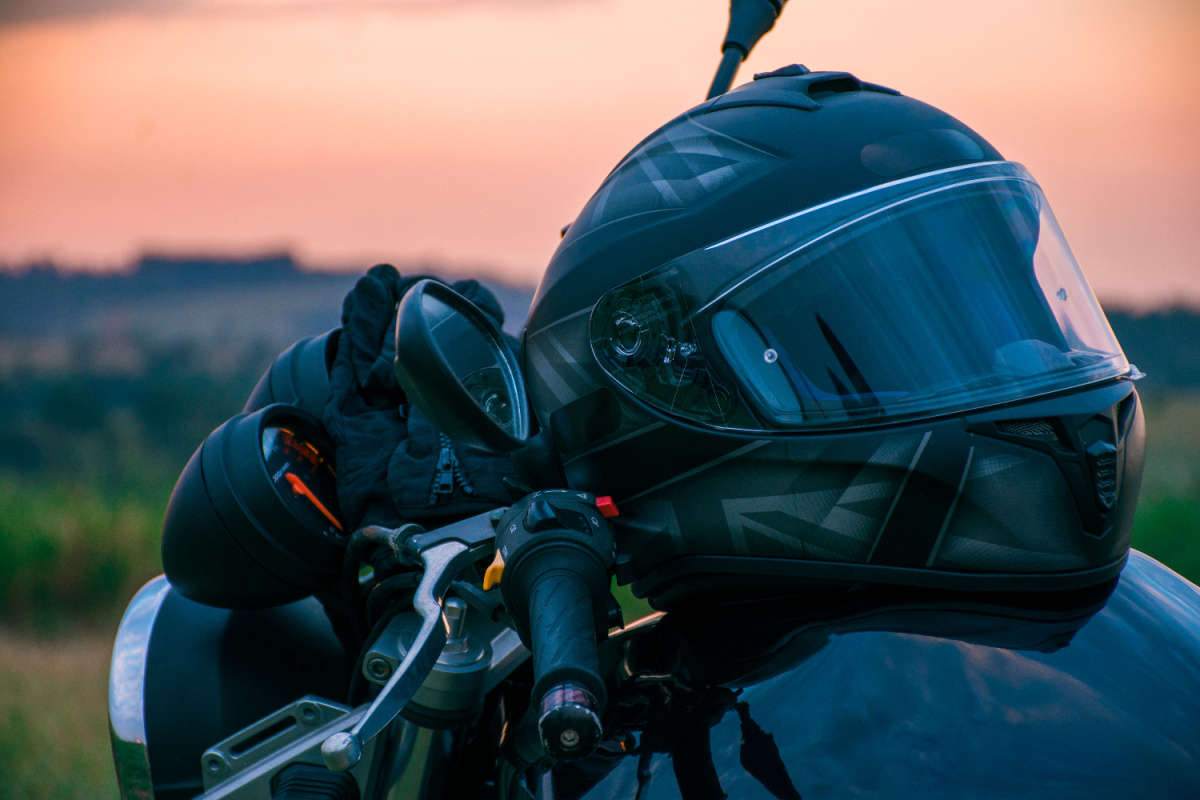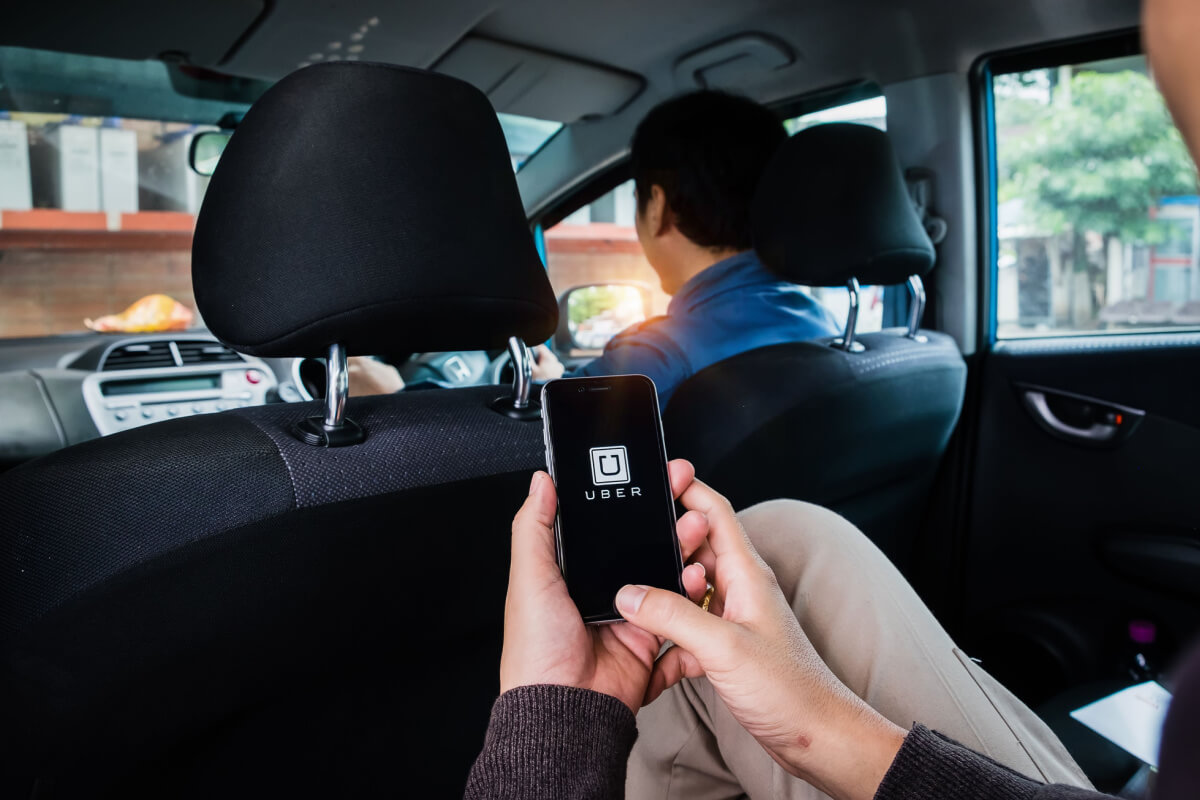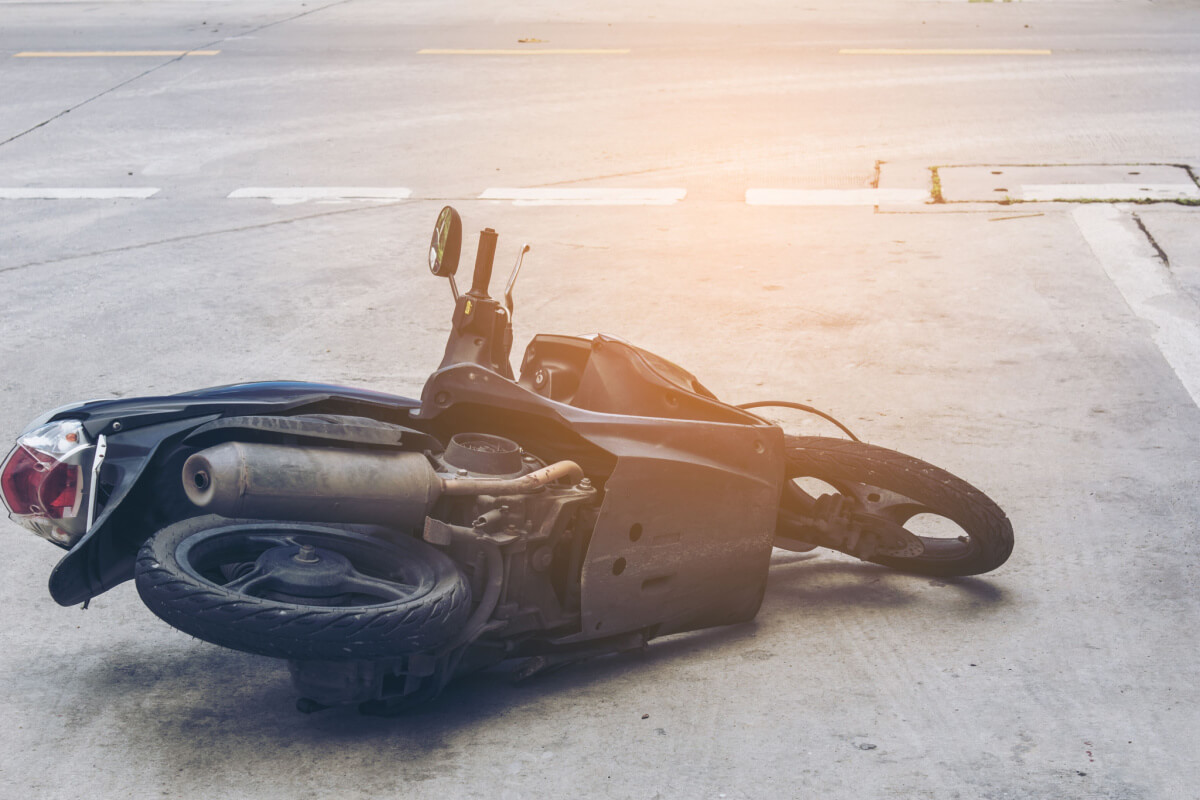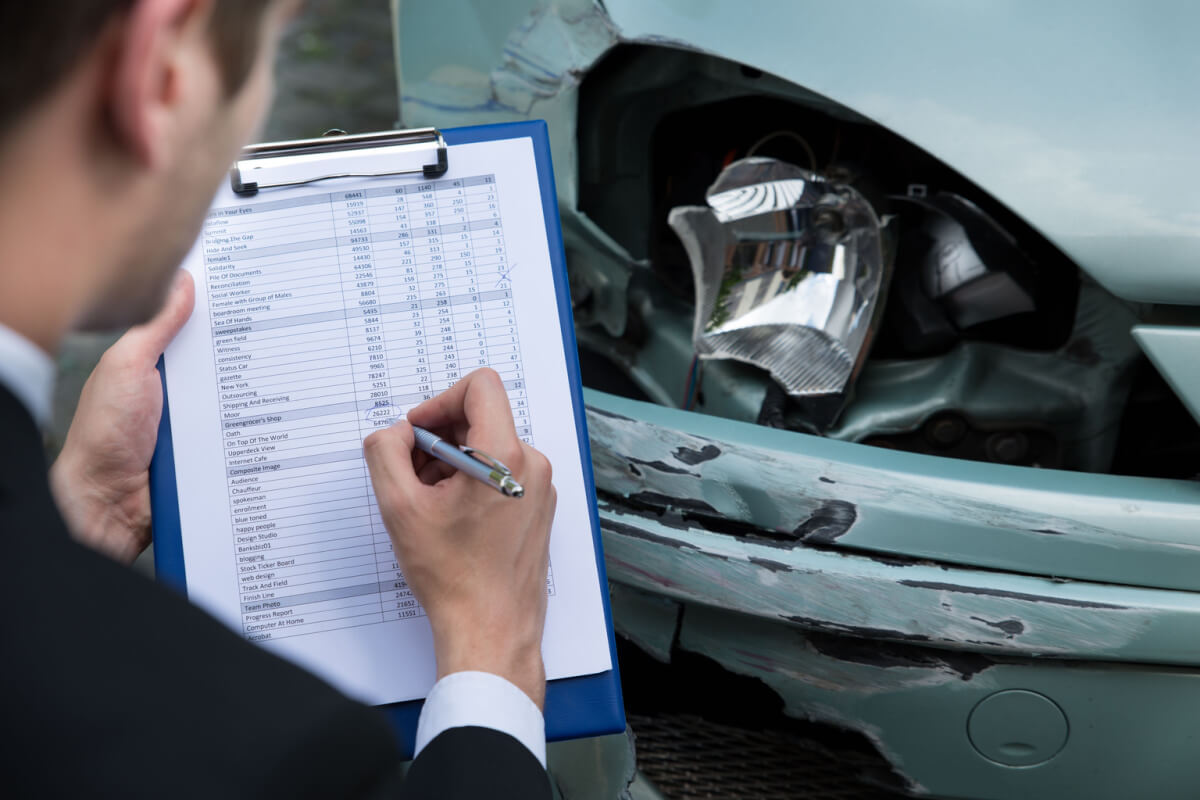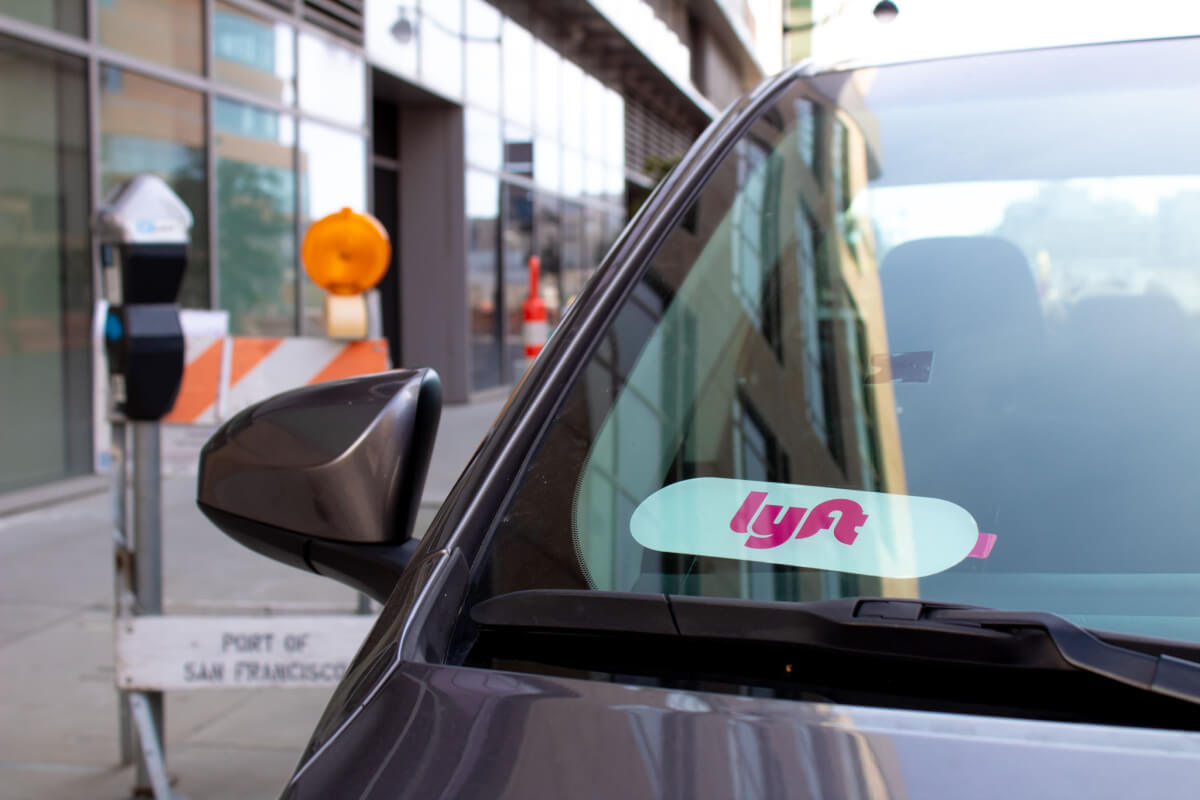
Since 2016, ridesharing services like Uber and Lyft have been available in Iowa’s metropolitan areas. But ridesharing can be a double-edged sword. On one side, evidence has shown that Uber and Lyft have cut down the frequency of impaired drivers taking to the streets after partaking in alcohol or controlled substances. On the other side, the introduction of ridesharing and its increased popularity means more cars carving through traffic and filling up the roads.
An increased traffic flow inevitably results in a heightened risk of traffic-related injuries and deaths. The University of Chicago Booth School of Business recently reported their research that connects ridesharing services with an approximately 3% increase in the number of vehicle crash fatalities and fatal accidents.
University researchers reviewed Uber and Lyft roll-out dates to analyze the volume of traffic, the choice of transportation, and total vehicle crashes before and after 2016—the year when the services were adopted in large U.S. cities.
The increase in crash frequency persisted, increased as ridesharing expanded, and remained steady over weekdays and weekends. This correlation is known as the quantity effect—more cars creating more traffic will reasonably result in more crashes.
Ridesharing reduces carpooling, bicycle and pedestrian traffic, and the use of public transit. Instead, individuals are traveling individually in more vehicles. Researchers concluded that ridesharing services have resulted in approximately 1,000 traffic deaths per year.
Des Moines Car Accident Lawyer: Understanding Uber’s Safety Report
In July, Uber released its newest safety report, compiling various incidents into a statistical review spanning from 2019 and 2020. Some of the statistics prove a bit troubling. The data includes:
- More than 3,8oo reports of sexual assault or misconduct were reported by passengers on the Uber app
- 20 deaths resulted from assaults while people were using the ridesharing service
- More than 100 fatalities resulted from Uber-related crashes
Uber representatives have tried to put the emphasis on the majority of these crashes being caused by third-party drivers. They claim that 99.9% of their rides occur without incident. They also ensure their commitment to ridesharing safety and that disclosures like these reports affirm their pledge to keep their passengers safe and aware.
In comparison to Uber’s 2017-2018 safety report, the number of reported sexual assaults has decreased from 5,981 to the current 3,824. The number of uber-related crash fatalities also decreased from 107 to 101 over the two-year period.
Although, experts believe this steep decline can probably be attributed to the reduction of demand due to the COVID-19 pandemic, public distancing, and people sheltering-in-place.
NHTSA Data’s Revelations on Rideshare Accidents: What You Need to Know
Annually, the National Highway Traffic and Safety Administration Fatality Analysis Reporting System (FARS) studies traffic data from various outlets across the United States and releases an overview of risks and assessments of the year.
Unfortunately, Iowa’s crash data does not differentiate ridesharing crash segments from all other crash statistics. But a quick cross-reference of these reports with national and local crash statistics do show a before-and-after impact report, revealing how ridesharing companies have changed the dynamic of traffic in American cities.
Some of the data’s highlights include:
- In 2019, Iowa roads saw 336 fatalities from ridesharing-related crashes—an increase of 105% from 2018’s numbers.
- Since national rollouts of ridesharing applications, U.S. vehicle-crash fatalities have increased by 3%.
- The cost of these ridesharing fatalities ranges from $5.33 to $13.24 billion annually.
Untangling Fault in a Rideshare Crash: Who Is Liable?
As with any accident in Iowa, liability is determined by who is at fault. Because Iowa is considered a fault state, passengers involved in a ridesharing-related crash are deemed as not at fault. This means that typically these passengers have the right to hold the parties accountable for any injuries and damages they suffer in the crash.
The at-fault parties in these types of crashes may include:
- The driver of a ridesharing service
- The rideshare company
- A third-party driver that caused the crash
The insurance policies covering all the liable parties should compensate for any economic and non-economic damage a passenger faces because of the crash. Unfortunately, insurance companies denying fault and refusing to cover passenger losses are all too common.
Ridesharing services regularly deny responsibility after a crash. And when fault is established, insurance adjusters often offer minimal settlements and relentless pull away from fair settlements that cover the expenses associated with damages resulting from a crash.
In most states, ridesharing companies attempt to utilize loopholes to eschew insurance requirements, including:
- Ridesharing companies are not always required to ensure drivers have adequate auto insurance
- Drivers are not employees of Uber or Lyft, they are independent contractors
- Drivers are not tested for drug use
- Vehicles are not inspected for safety and maintenance requirements
And when insurance requirements are upheld, the policies can be anything but comprehensive. That does not mean an injured passenger does not have options.
What to Do After a Rideshare-Related Crash: Steps to Take
There is a universal to-do list for any passenger involved in a rideshare accident. After the crash, if the passenger is able, they should:
- Seek medical attention if needed. If anyone is hurt, call 911 immediately.
- Notify the police regardless of injuries. Stay on the scene of the accident until a police officer advises that leaving is okay.
- Collect the insurance information from the rideshare driver. They are usually independent contractors and the rideshare company’s insurance company usually denies claims.
- Collect a third-party driver’s insurance information if one was involved with the crash. The same goes for any other drivers involved with the accident.
- Gather as much contact information as possible–all the drivers, the passengers, and any witnesses to the crash. Police reports may be missing contact information or all the witnesses’ names. Any or all these people may become crucial as a claim is pursued.
- Take pictures and videos to provide credible evidence of the scene, like what happened, who did it happen to, and what did all this look like from different perspectives. Take multiple photographs from different angles, and make sure to get pictures of all the vehicle’s license plates too.
- Contact a rideshare accident attorney to help with the complexities of a claim.
A passenger injured in a ridesharing-related passenger should be covered by the ridesharing service’s $1 million coverage. This coverage is in effect when a crash occurs during the Drive Period—The driver has the ridesharing app activated, has accepted the ride, and the passenger is in the car at the time of the crash.
Understanding the risks associated with teen drivers and their deadliest days can provide insight into the potential complexities of your case. If you’re a motorcyclist involved in a rideshare incident, seeking out the best motorcycle accident lawyer is crucial due to the unique nature of such cases. Additionally, it’s important to be aware of the legal processes, such as the need to sign a motorcycle release after an accident. For a comprehensive understanding of motor vehicle accident claims and legal advice, exploring the motor vehicle accidents category can be incredibly beneficial. This knowledge will prepare you for the next steps in ensuring you are adequately covered by the ridesharing service’s insurance policy.
Categories
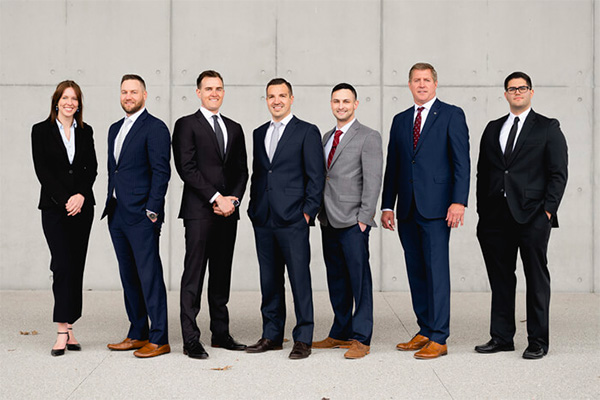
Providing Unmatched EXPERIENCE On Your Case When you find yourself in a situation where you’ve been treated unfairly or you’re in the middle of a legal disagreement, it can be difficult to know what your rights are and how to proceed.


